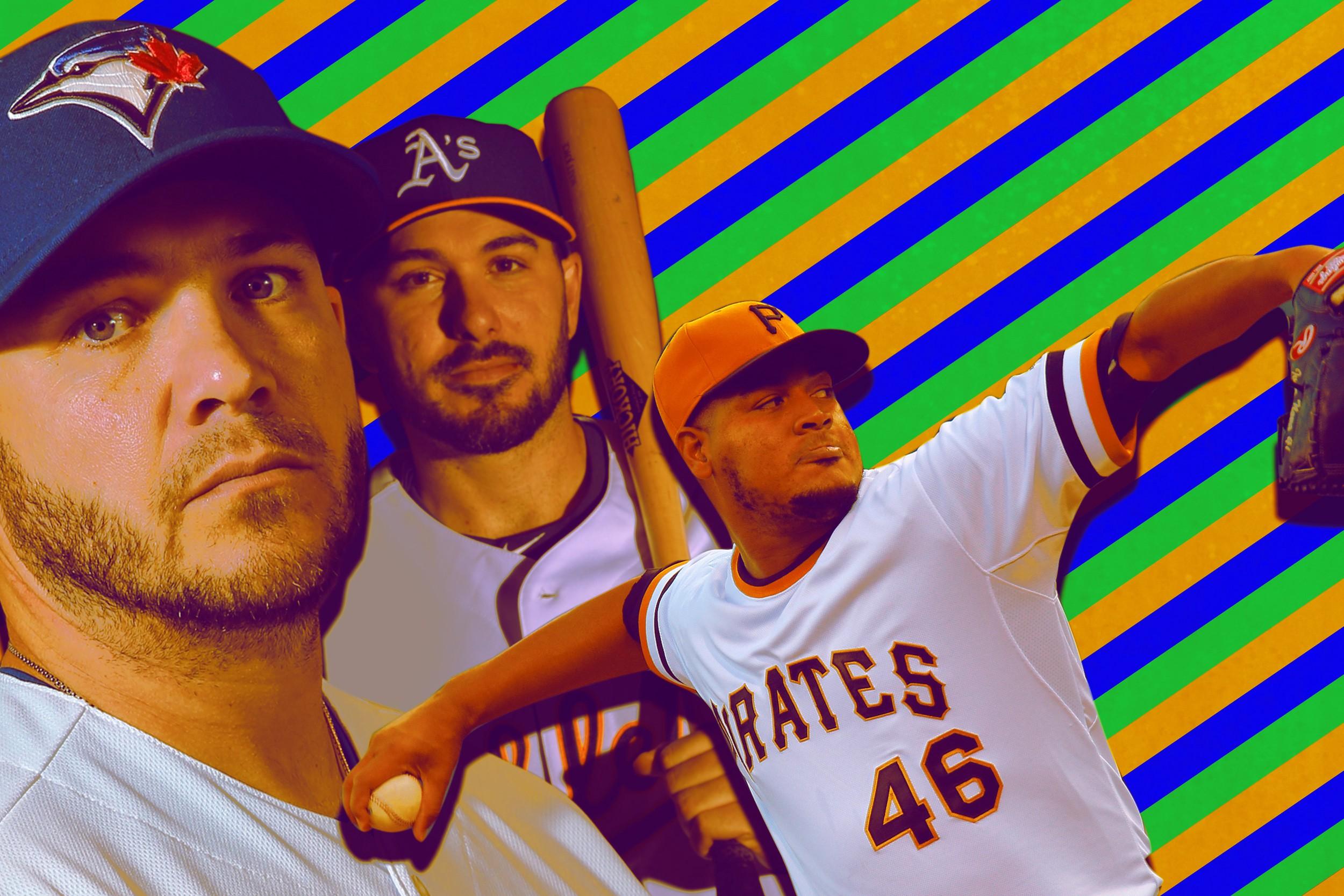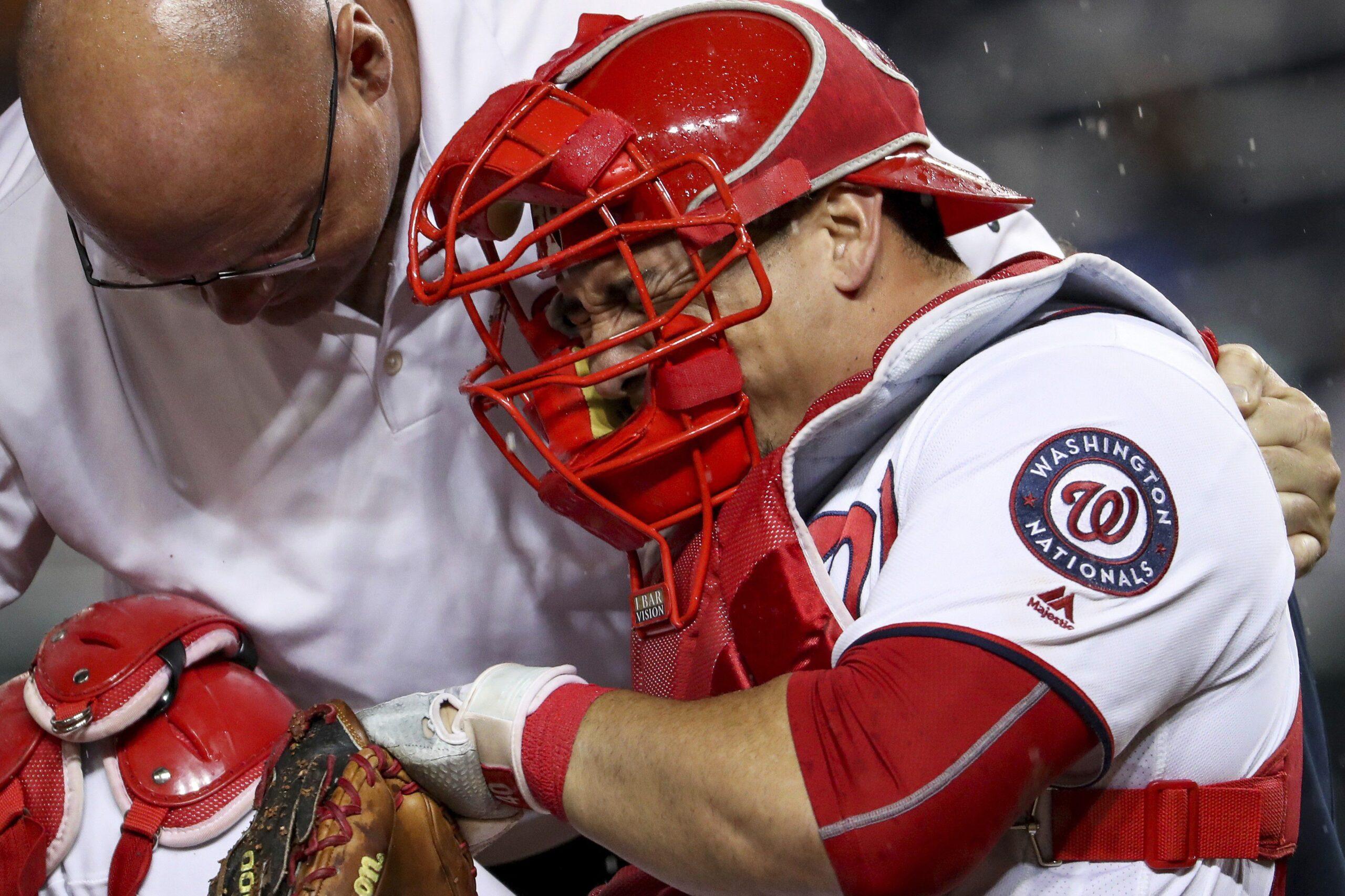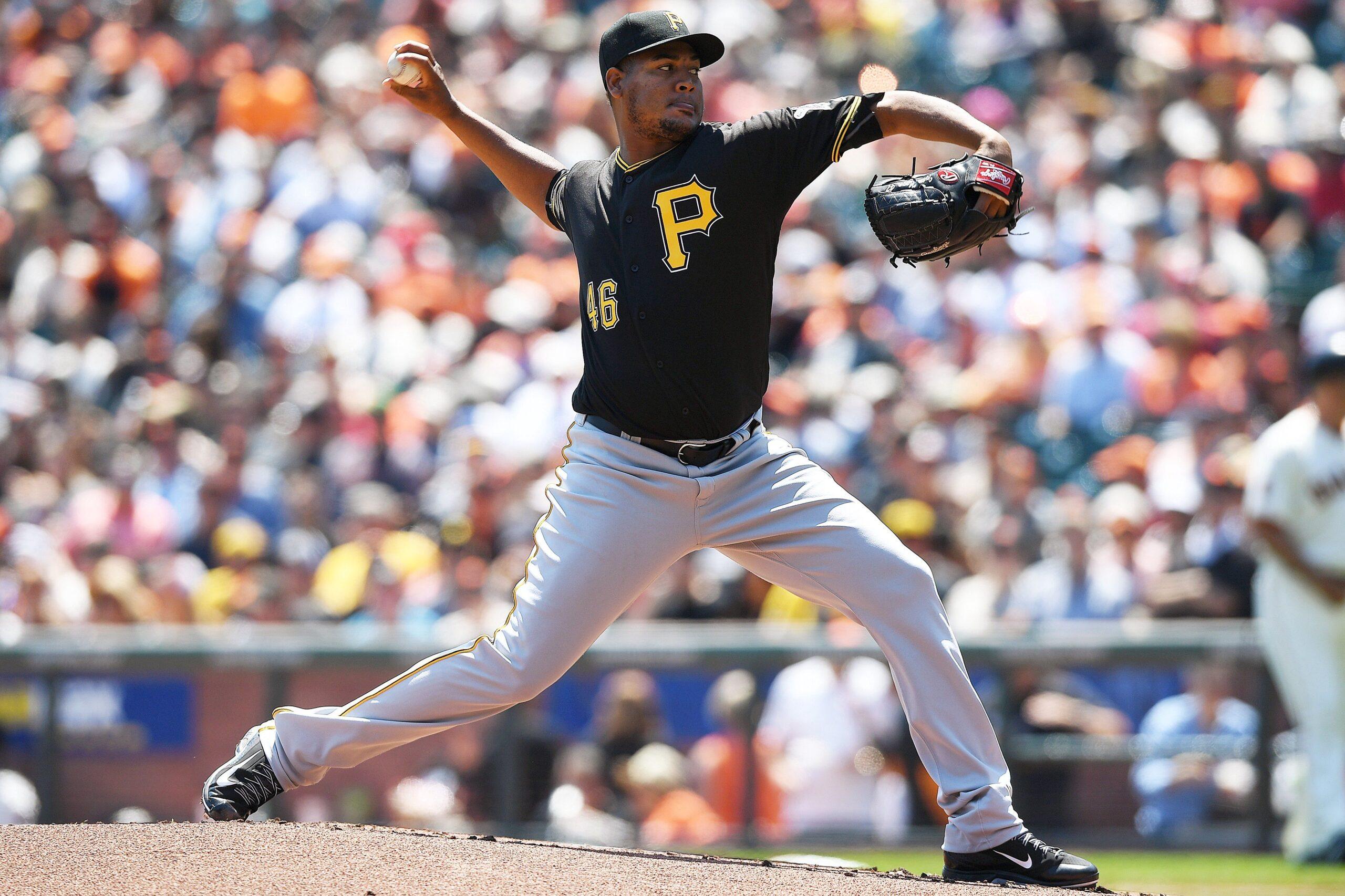
This offseason was one of relative thrift for MLB teams. Yoenis Céspedes paced the free-agent trail with a $110 million contract; last year, for comparison, six players signed for $130 million or more. Not many teams had the prospect wealth to trade for Chris Sale, and not many teams have the metropolitan appeal necessary to complement Céspedes’s ranching lifestyle.
For everyone else, the gap in time between Kris Bryant flashing his magnetic smile on the final play of the World Series and the start of spring training represented a period of bargain shopping, as clubs ranging in talent from the champion Cubs to the lowly Athletics made moves designed to fill roster holes with minimal expense. Not every such signing or trade will work out as intended, but plenty might; even last offseason, when nine-figure deals were the norm, teams benefited from low-cost pickups such as Ian Desmond (one year, $8 million for Texas) and Rich Hill (one year, $6 million for Oakland). Here are the 10 bargain trades or signings from this offseason most likely to pay dividends.
10. Sean Rodriguez, Braves (Two Years, $11.5 Million)
9. Wilson Ramos, Rays (Two Years, $12.5 Million)
Rodriguez posted career highs in on-base (.349) and slugging percentage (.510) last year, and after never reaching a league-average wRC+ in any previous season, he posted a mark 29 points better than average in 2016 — the same as Manny Machado’s.
The then–Pirates infielder shifted his batting stance, and with the new look came a more powerful swing. Never a notable slugger before 2016, Rodriguez posted a hard-hit rate of 43.1 percent last year. For context, the five batters immediately following him on the MLB leaderboard (minimum 200 plate appearances) were Giancarlo Stanton, Matt Carpenter, Gary Sánchez, Mike Trout, and Miguel Cabrera.
The only reason Rodriguez falls to the bottom of this list is that he could miss the entire 2017 season. In late January, a stolen police car collided with a car he was driving, forcing the new Brave into shoulder surgery. It’s a shame for Rodriguez’s career trajectory and a near-tragedy for his wife and kids, who were also in the vehicle at the time and are now recovering from non-life-threatening injuries.

The outline of Ramos’s situation is similar, though the details are not as dramatic. The erstwhile Nationals catcher put up career-best numbers and made his first All-Star team in 2016 after undergoing Lasik eye surgery in the preceding offseason, but a torn ACL in late September cut millions from his free-agent paycheck. An MLB.com report last month said Ramos would not return to the majors until July, and initially only at designated hitter, but the Rays’ modest investment in a catcher with Ramos’s post-recovery potential makes him a worthy bargain.
8. Seth Smith, Orioles (Trade With Seattle)
Smith walks, whacks extra-base hits, and hasn’t stolen more than two bases in a year since 2011. He sounds like the perfect Oriole. And all Baltimore had to do to nab a quality platoon bat was give up Yovani Gallardo, who posted a 5.42 ERA last year while tying for the majors’ worst walk rate.
Smith is also a consistent bat in a lineup of streaky hitters (see: Chris Davis, J.J. Hardy, et al.). He has exceeded 400 plate appearances and a league-average wRC+ in each of the past six seasons, a dual feat only four other, much more reputable outfielders — Andrew McCutchen, Nelson Cruz, Justin Upton, and Dexter Fowler — have managed.
Against right-handed pitchers, Smith will take Pedro Álvarez’s spot in the lineup, roaming around right field while Mark Trumbo moves to the better-fitting DH slot. Smith won’t make an All-Star team or stand out next to Machado, Davis, or Trumbo, but he’ll do his share for a team that needs a dominant offense to compensate for a lackluster pitching staff.
7. Boone Logan, Indians (One Year, $6.5 Million, Plus a 2018 Club Option)
Besides Aroldis Chapman, three left-handed relievers signed for more money than Logan this offseason. (Travis Wood did, too, but he is competing for a rotation spot in Kansas City.) Here are their numbers against same-handed batters last year:
Logan: .139/.222/.255 slash line, 33.6 percent strikeout rate
Brett Cecil: .254/.310/.364, 27.8 percent strikeout rate
Mike Dunn: .279/.310/.392, 20.5 percent strikeout rate
Marc Rzepczynski: .260/.321/.353, 27.4 percent strikeout rate
And here are their new contract figures:
Logan: One year, $6.5 million, plus a club option
Cecil: Four years, $30.5 million
Dunn: Three years, $19 million, plus a vesting option
Rzepczynski: Two years, $11 million
Not only is Logan perhaps the best pitcher of the bunch, and not only is his contract the slimmest, and not only is he no longer pitching in Colorado, but his addition in Cleveland is even more valuable in the context of Terry Francona’s bullpen composition. With Logan available against tough lefties in the late innings, Francona can use Andrew Miller in a fireman role instead of needing to keep him in reserve for a potential platoon matchup.
6. Koji Uehara, Cubs (One Year, $6 Million)
It makes sense that a soon-to-be 42-year-old pitcher with an injury history and declining velocity didn’t command a bidding war, but the Cubs still struck a worthwhile deal with the former Red Sox closer.
In Boston, Uehara made an All-Star team, received Cy Young and MVP votes, and closed out a World Series, but he lost his job to Craig Kimbrel in 2016 and suffered a handful of multirun blowups early in the year. After he hit the disabled list in July, Uehara’s career seemed to have fallen off track — and then he returned from injury to throw 13 scoreless innings in September and October, during which time he struck out a batter per inning while allowing only two total walks and a .167 batting average against.
Even in a lousy season by his standards, Uehara boasted a top-notch arsenal. No pitcher induced more swings at pitches outside the strike zone, and his strikeout and walk rates placed him among the game’s elite closers. Wade Davis is the flashier new name in the Cubs bullpen, but Uehara could prove just as important to the team in 2017 — plus, the intangible bonus his son brings to the clubhouse is incalculable.
5. Danny Espinosa, Angels (Trade With Washington)
4. Luis Valbuena, Angels (Two Years, $15 Million)
Here is a list of every left-handed or switch-hitting Angel last season who, in any amount of playing time, posted a wRC+ of at least 75 (or, not worse than 25 percent below league average): Kole Calhoun. That’s it. He’s the only one. Other than Calhoun, the lefty bats in Anaheim were Rafael Ortega, Cliff Pennington, Daniel Nava, Ji-Man Choi, Nick Buss, Kaleb Cowart, and Todd Cunningham. I follow and write about baseball for a living, and I had never heard of three of those players before last year.
The team’s overall offensive performance didn’t collapse because Mike Trout wouldn’t let it, but he didn’t receive much help from the other side of the plate. The Angels’ group of lefty bats was the second worst in the league against righties; while the average lefty hit .257/.331/.426 off opposite-handed pitchers last year, the Angels managed a .231/.300/.359 mark in that split. They were supposed to have the platoon advantage, but they collectively hit like a less powerful Melvin Upton Jr.
A pair of low-cost moves should rectify the problem. For Espinosa, the Angels surrendered only a pair of 25-year-old minor league pitchers who don’t even rate on Washington’s top-30 prospect list, per MLB Pipeline. Espinosa hasn’t been a league-average hitter since his first full season, in 2011, but he’s good for 20 homers and sound baserunning in the year ahead. At the very least, he will start at second base and team with Andrelton Simmons for the slickest double-play tandem in the league.
Valbuena is more of a typical platoon player, as he pounds opposite-handed pitchers and can fill in ably at both first and third base. Before undergoing hamstring surgery last August, he enjoyed career highs in all three slash categories, and he swings a better bat against righties than Albert Pujols at this point.
3. Iván Nova, Pirates (Three Years, $26 Million)

Let’s pretend Nova’s entire 2016 season was just his stint with Pittsburgh after the trade deadline, making him one of 167 starters who threw 60-plus innings last year. Among that group, Pirate-Nova ranks first in walk rate, fifth in FIP, and tied for 16th in ERA — not bad for a pitcher set to earn only $1 million more over the next three seasons than former teammate CC Sabathia is due to receive this year alone.
Of course, the reason Nova had to settle for a pedestrian contract in a barren starting pitching landscape is the very qualifier from that paragraph: He threw only 64.2 innings with the Pirates, which did little to counter his perception after he spread 729 inconsistent innings across seven seasons with the Yankees. Nova’s talent is undeniable, but his performance is undeniably frustrating, and his stale market made it apparent that teams don’t trust the tall righty outside Pittsburgh, where pitching coach–slash-magician Ray Searage turned him into a strike-throwing, run-preventing marvel.
Maybe the key to his success is as simple as throwing more strikes. In Pittsburgh, Nova stayed in the zone more often than any time since his rookie year, and he had the highest first-strike rate of his career. Even if he sticks as a midrotation arm, the going rate for a no. 3 starter is greater than the $8-plus million Nova is due in the coming years, making the Pirates’ investment in his second-half gains a reasonable gamble.
2. Matt Joyce, Athletics (Two Years, $11 Million)
Since Barry Bonds retired following the 2007 season, there have been 3,148 different player-seasons of at least 200 plate appearances. Joyce last year is one of just three with a walk rate of at least 20 percent, placing his season in rarefied air alongside Joey Votto’s 2015 and José Bautista’s 2011.
As Jeff Sullivan wrote for FanGraphs, Joyce slashed his overall swing rate to become one of the most selective hitters in baseball, but he was among the league leaders in swing rate at pitches in the middle of the strike zone; essentially, he made sure to save his cuts for pitches he could drive. That helps explain why he had the greatest improvement of any player in how hard he hit his fly balls and line drives, and why he ended up sandwiched between Josh Donaldson and David Ortiz in on-base percentage (.403).
After his bounceback year in Pittsburgh — he’s the third 2016 Pirate on this list — Joyce returns to the AL West, where he most recently spent 2015 hitting below the Mendoza Line with the Angels. This time around, he’s a more confident, polished hitter, and even if Oakland remains mired in the depths of the division, Joyce should provide value on both the field and potential trade market come July.
1. Steve Pearce, Blue Jays (Two Years, $12.5 Million)
In 2014, Pearce was a 5.9-win player in just 383 plate appearances, which puts him at the top of this illustrious list. He had a down 2015 but bounced back last year, hitting .288/.374/.492 for the Rays and Orioles. Now he’s off to another AL East locale, having signed with Toronto early in the offseason.
Pearce’s combination of bat skills and defensive flexibility makes him a valuable commodity. Over the past three seasons, his .902 OPS against lefties ties him for 19th in the majors (minimum 300 PA) with Hanley Ramírez and José Bautista, and he has hit better than league average against same-handed pitchers in each of those years, too.
He can manage four different positions — first, second, and the corner outfield spots — without tripping over himself, and on a Blue Jays team that plans to start either ineffective or injury-prone players at each of those positions, he’s in line for plenty of at-bats in 2017. That is, if he can stay healthy, as Pearce is an injury risk as well: Since 2010, he has visited the disabled list eight times and played 100 games in a season just once.
Yet for a club that stands in a thicket of AL wild-card contenders, every fraction of a win helps, and Pearce’s contributions — even condensed into half a season’s worth of games, or thereabouts — should have an outsize impact given Toronto’s place on the win curve. He’s also due to receive a smaller salary than Álex Guerrero, the former Dodger who performs a similar utility role to Pearce but hit .136/.162/.197 at three minor league levels last season.
Pearce deserves more than what he signed for. From the Toronto front office’s perspective, though, that’s what makes him the best bargain signing of the offseason.

